The Crossroads- “Intersectionality” is a relatively new term people are using to discuss centuries-old oppression.
Thousands of people filled the steps outside of the Muhammad Ali Center waiting to hear the words of Louisville’s community activists at the 2018 Women’s March on Jan. 21. As the activists spoke, the murmurs of the crowd faded to silence. The only things the audience heard were the echo of the microphone and the message of unity.
“I’m proud to stand in front of you as an intersectional feminist, a clear woman of color, an Afro-Carribean, a refugee, and a woman who found her roots in Appalachia,” Marta Miranda-Straub, former president of the Center for Women and Families, said to crowd members she described as her brothers and sisters. “We stand in the ground of our history. And our history is one of immigration, and genocide, and slavery, and a thirst for freedom for all.”
As she spoke, one hand gripped the microphone as the other pointed high into the sky. Miranda-Straub’s emotionally-charged words grabbed everyone’s attention. She delivered her take on intersectionality to the crowd; now it was their turn to learn the term and use it to make change.
“We are a movement that pursues liberty, justice, and the pursuit of happiness for all. We have complex inequalities, and I say to you, and to all of us, welcome.”
The Origin of Intersectionality
Intersectionality describes those people who are standing at a crossroads, at an “intersection” of marginalized or oppressed identities. Not only does intersectionality help individuals define themselves, but it also gives exploited groups the chance to support one another.
Kimberlé Williams Crenshaw, a Harvard Law school graduate and civil rights activist, coined the term in her 1989 essay “Demarginalizing the Intersection of Race and Sex: A Black Feminist Critique of Antidiscrimination Doctrine, Feminist Theory and Antiracist Politics.” She wrote the essay after hearingabout several employment-discrimination lawsuits, specifically one against General Motors.
Applying for a job at General Motors in 1976 meant applying for a job suitable for men on the factory floor or a job suitable for women as a secretary. But the women’s jobs were for whites only. Emma DeGraffenreid, the plaintiff, and several other black women sued the motor company for discrimination against race and gender. The court eventually threw out the case, because the motor company had evidence that they hired both women and black men. The company failed to take responsibility for leaving out those people right in the middle: black women. The courts ruled that combining race and gender claims was not permissible. As a black woman herself, Crenshaw connected with DeGraffenreid’s struggle and realized that she needed to take action. Thus, the term “intersectionality” was born.
According to a TED Talk Crenshaw gave in 2016, she began to use the term intersectionality “to deal with the fact that many of our social justice problems, like racism and sexism, are often overlapping, creating multiple levels of social injustice.”
Crenshaw originally used the term exclusively for black women and the strugglesthey face with inclusion, recognition, and support. She noted that society dealt black women a bad hand. Not only were they facing discrimination because of what they lacked between their legs, but these women also had centuries of racism on their backs. Until recently, people perhaps hadn’t thought extensively about the concept behind intersectionality: that discrimination can affect people from different directions. Consequently, the idea of intersectionality didn’t have a name and was difficult to validate.
“When there’s no name for a problem, you can’t see a problem. When you can’t see a problem, you can’t solve it,” Crenshaw said.
The bottom line is that when a problem has a name, people can more easily identify it as something that needs to be fixed. For years, intersectional people didn’t have a buzz word to describe their daily struggles with. The trans community is similarly familiar with being titleless. Four decades ago, identifying with the opposite gender was foreign to many people. But since the late 20th century, the community has achieved recognition and, as a result, gained more acknowledgment and support.
Even though we talk about issues like racism, homophobia, and discrimination, until recently we have only dealt with them separately. Oftentimes, however, these issues go hand-in-hand. As poet, civil rights and social rights activist Audre Lorde put it, “There is no such thing as a single-issue struggle, because we do not live single-issue lives.”

So why is intersectionality important?
Intersectionality is based on the idea people can identify with “overlapping oppressions,” so it’s a personal thing. It’s important, because it helps people understand the backgrounds of themselves and others around them. Intersectionality is not picking one struggle over the other. It’s not saying one voice is louder than the other. And it’s not allowing the world to tell you that you have to choose who you must be. Intersectionality is being both black and LGBTQ, or both Jewish and a woman. It is white men who face marginalization from practicing a minority religion and being mentally disabled.
You may have heard the x term “identity politics” in the news recently. It’s a phrase used to refer to “a tendency for people of a particular religion, race, social background, etc., to form exclusive political alliances.” The idea that identity politics is exclusionary and divisive gives it a negative connotation, but the alternative is delegitimizing the importance of identity and regarding the American public as a more homogenous group of individuals. It might be easy to label the “intersectionality” movement negatively, because it is, in a way, identity politics on steroids. Intersectionality allows people to more completely define themselves. But keep in mind that intersectionality also encourages marginalized groups to interact with one another in trying to understand the unique perspectives of each of their members. Intersectionality also provides everyone with a more exact way of understanding the community around themselves. For the first time, we all have the language necessary to support the distinct needs of distinct people.
But what if you don’t consider yourself intersectional?
What if their problems aren’t the same as your problems?
Instead of waiting until oppression affects you, it’s important to keep in mind now that oppression almost certainly affects some of the people you care about. Your family members, your friends, your colleagues.
“I’m an Indian Christian, then I’m gay, then we’re all from Kentucky. It’s a lot of different layers you have to go through,” said Abey Philip, a senior at duPont Manual High School.
Philip is more than his ethnicity, more than his sexual orientation, more than his religion. But he’s also more than the sum of those separate identities. When we think of people in the LGBTQ community, we might picture a multicultural group. Yet, along with knowing that people may be a part of multiple marginalized groups, it is important to understand that the “intersection” of identities creates a completely unique perspective. Even more, those intersections are cause for unity between oppressed peoples.
“It’s like when we make those Venn diagrams in class and there’s that middle section of the Venn diagram,” Philip said. “Those intersections of our identity can bring people together, whether that’s through religion, whether that’s through ethnic origin.”
However, women have a rough history when it comes to backing one another. For years, women of color supported white feminist movements but didn’t receive the same support back. If there had been a joint effort between these groups for the past 100 years, we might be in a very different place today in terms of gender equality and women’s rights. With the amount of hate, the singling out of specific groups, and the division among the people, we as a nation are in need of unity.
Intersectionality’s Reach
Today, some students have taken initiative by creating intersectionality clubs and hosting intersectionality events. At duPont Manual High School, the students created an intersectionality board made up of representatives from Girl Up, the Black Student Union (BSU), Refugee and Immigrant Support Initiative (RISI), Gay Straight Transgender Alliance (GSTA), and more. They realized the important role a board like this could serve supporting marginalized groups in the political climate of the 2016 presidential election.
“In some way, it’s kind of important that Trump was elected and that we are facing all of these issues, because it brings these issues to light. It gives us a reason to assemble and try to make change in our community,” Netra Rastogi, president of RISI, said.
Rastogi stated that each board member had previously worked within the confines of their club, but with the creation of the board they’ve been able to tackle those issues together.
A couple months after being officially established, the board held their very own Intersectionality Night on Dec. 8. The event showcased the many cultures of duPont Manual’s student population through a variety of cultural presentations, food, and games. The night set the tone for the board’s future, including their goal of achieving solidarity with everyone who is involved. More recently, the intersectionality board had their second event in the form of a seminar on April 22 which included several presenters from both Fairdale High School and Shawnee High School Magnet Career Academy discussing the way their struggles intertwine.
“We’re coming together,” Sarah Korssa, the Secretary of Public Relations of the BSU, said. “Everyone doesn’t have to be at the opposite ends of a crossroad and standing by themselves when we have crossroads for a reason… we’re all connected.”
Intersectionality, although complex, is a new start for those looking to define themselves, a modern attempt at a solution for century-old issues. What it does give us is a frame of reference.
“You tell me intersectionality is not the lay of the land. It is who we are. We are black. We are able. We are temporarily able. We’re old. We’re white. We’re trans. We’re queer. We’re many, many, many things,” Miranda said. “None of us is one thing. All of us belong in many places. And we need to stand with all that we are and all that represent us.”
Her last words at the Louisville Women’s March drawled out into a scream:
“Thank you for reviving the spirit of a 64-year-old woman who’s been in the trenches for the last 44 years.”«
Donations are collected through The Publishers, duPont Manual High School's booster club for J&C. On The Record relies completely on sponsorships, advertisements, and donations to produce and distribute each issue. Please consider donating to our cause, and helping the student journalists of OTR amplify youth voices for years to come.


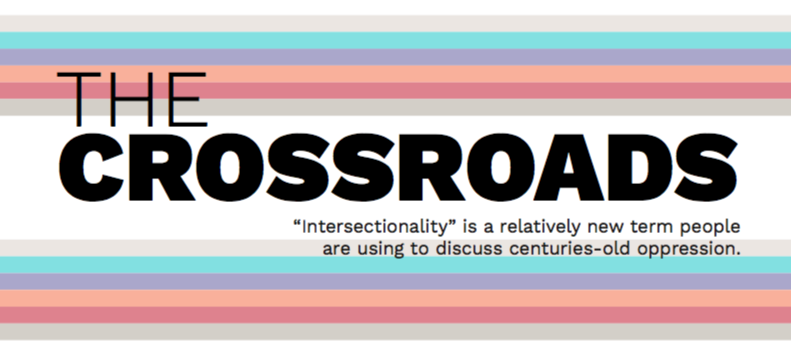



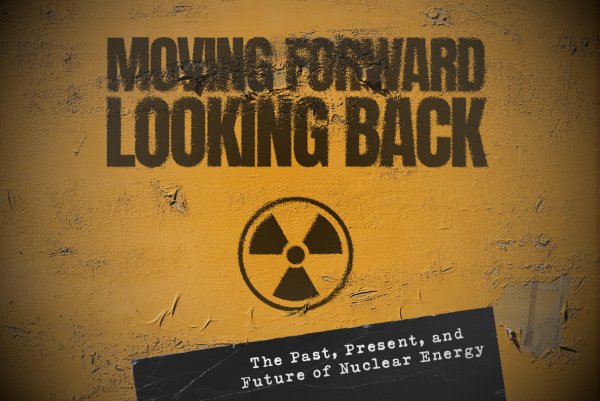
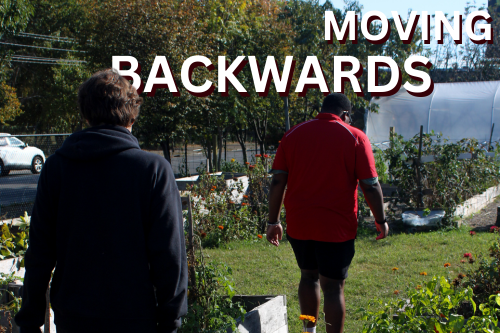
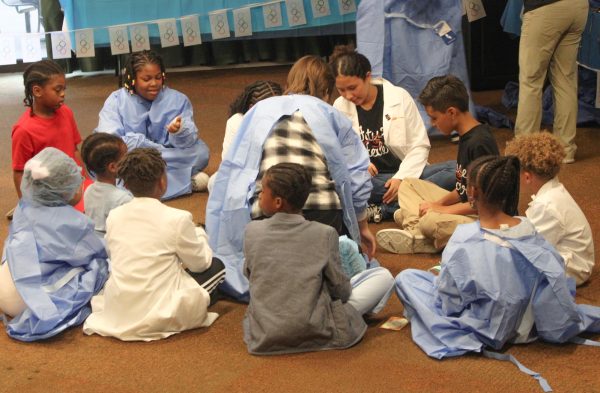
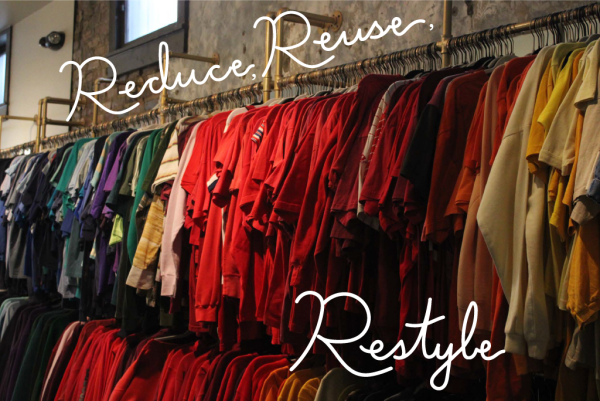

Jediah Holman • Apr 13, 2024 at 1:43 pm
I had so much fun writing this!! I hope the new On the Record Staff is having as much fun as we did! Good luck to all of you and I hope you make the best memories in J&C!!!